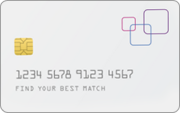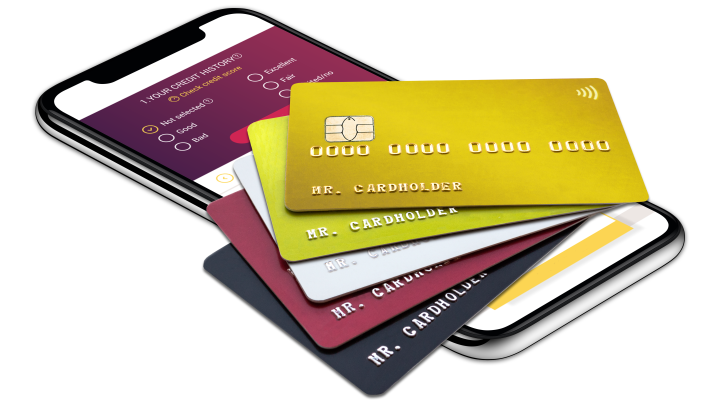The content on this page is accurate as of the posting date; however, some of the offers mentioned may have expired.
When you get a credit card, you're given a credit limit. Your credit limit is the total amount you can spend on that card. As you use your card, your available credit changes, though your total credit limit does not.
Your available credit is the amount of money you have available to spend on your credit card. You can determine how much available credit you have by subtracting how much you owe from your total credit limit.
For example, if you have a credit card with a total credit limit of $2,000 and use your card to pay for a $500 purchase, your available credit will then be $1,500. Let's assume that your minimum monthly payment is $40, by paying only this amount at the end of the month, your available limit for the next month will be $1,540. This means that if you pay only the minimum amount, your available limit will only be decreasing.
The most common reasons your card may be declined include not having any available credit left on the card and fraud alerts on your account blocking new transactions.
When your credit card is declined despite having the funds to cover the transaction, it could be something as simple as a wrong PIN or expired card, or it could mean that there was a security issue. For instance, your issuer may have reason to believe that your identity has been stolen, in which case they will freeze all your cards and accounts until they are sure that you are the only one accessing the funds.
If you're traveling in a different state, city, or country, making purchases with your credit card could raise a red flag with your issuer. Banks and card issuers typically see transactions in different locations over a short period as a sign that your card may have been stolen. In response, your issuer may freeze your account and prevent any purchases from going through to protect your information.
If you've missed your credit card payments, your issuer may restrict your ability to use the card. In that case, the best thing to do is call the issuer and explain your situation. They can give you a clear idea of what you need to do to bring the account current.
Whatever the reason is, always contact the issuer directly to solve any issues with your active card.






